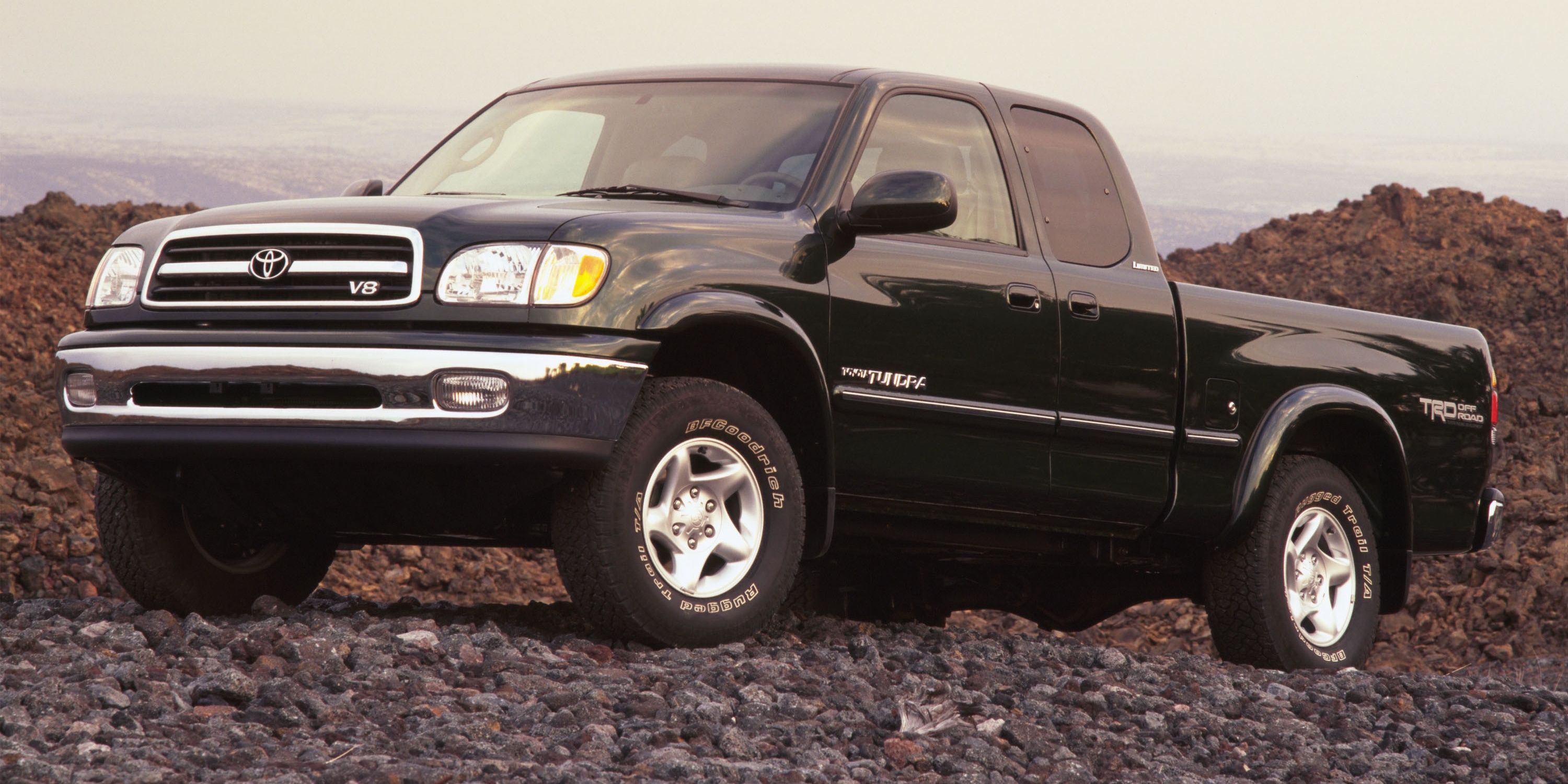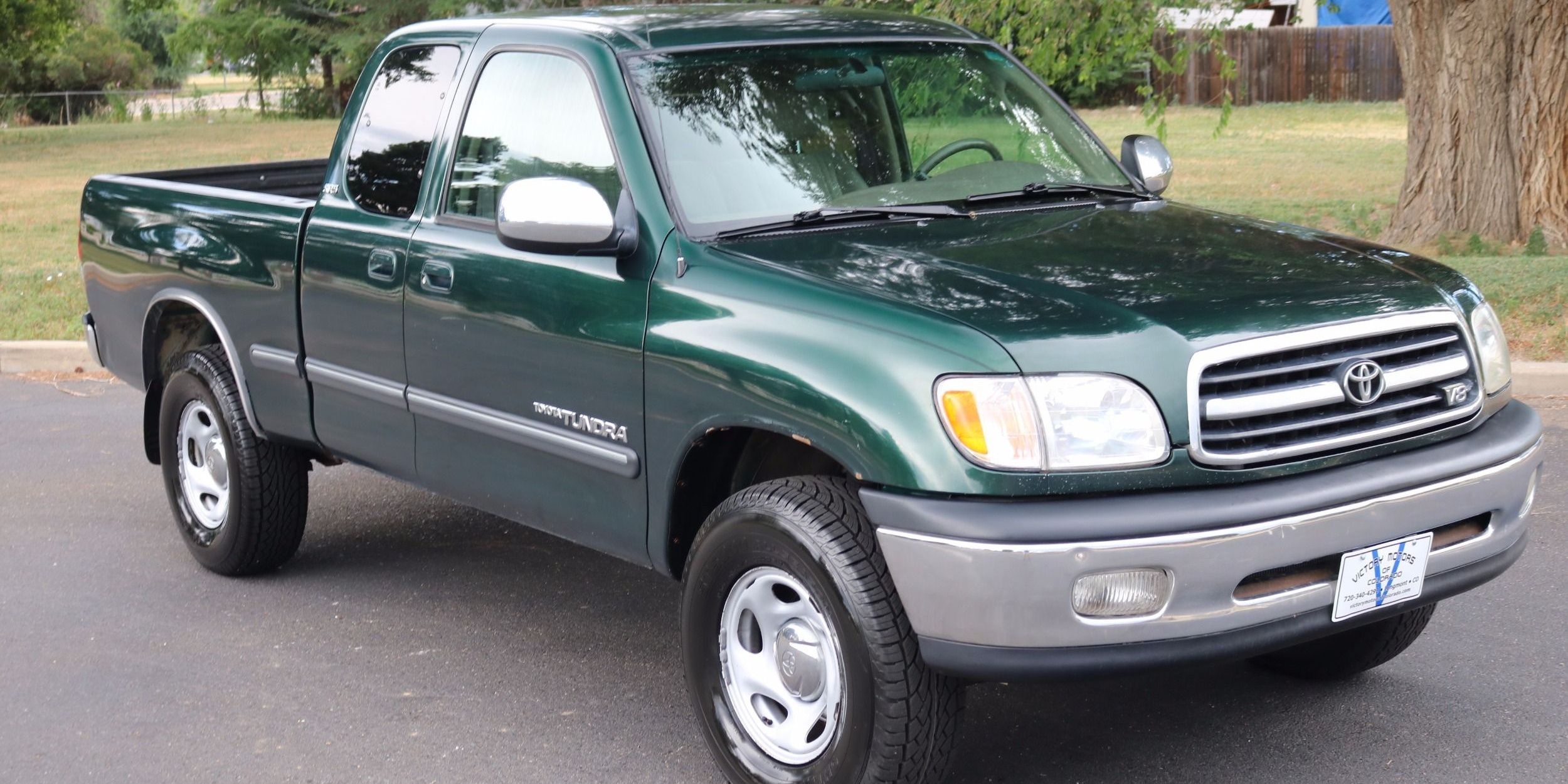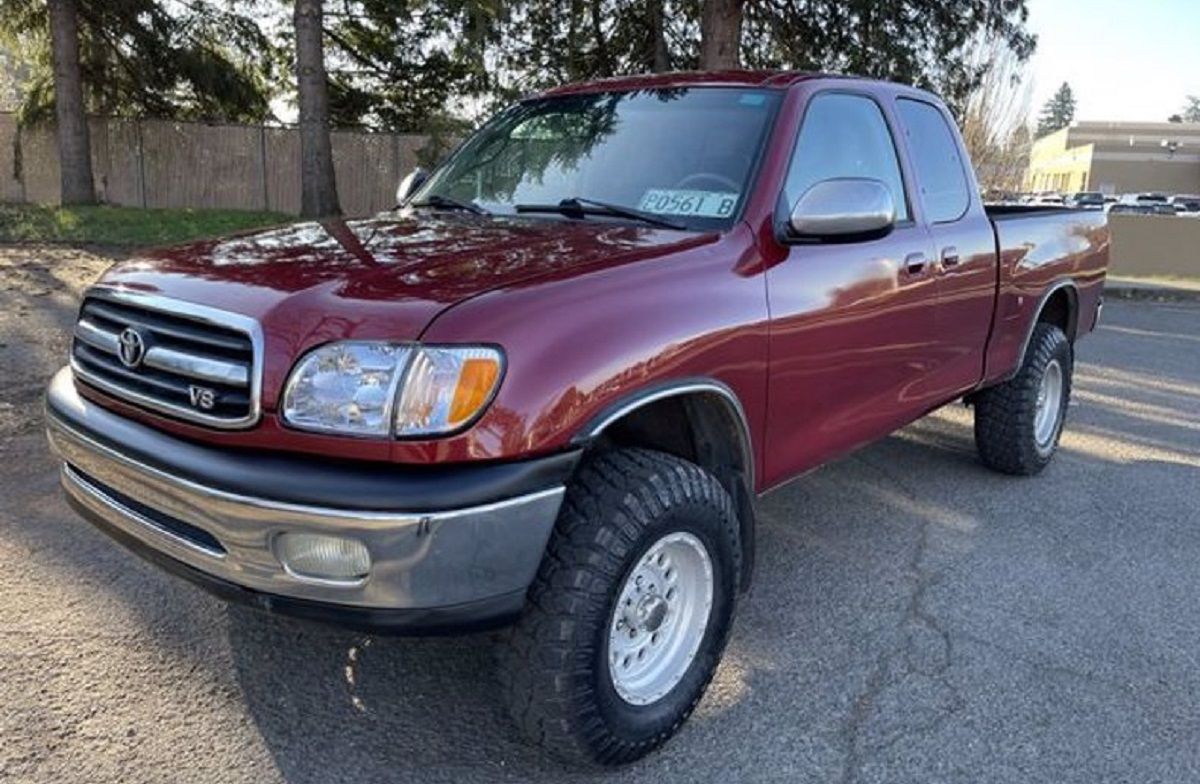In the 2000s, the full-size pickup truck segment was literally growing by the day in America, and it got to the point where pretty much every car manufacturer started releasing their own models to satisfy demand. Toyota was one of them, and in ’99 they released the Toyota Tundra, marking the beginning of what would become an amazing run.
First things first, let's take a look at what the 2000 Toyota Tundra is worth today.
Cost Of The 2000 Toyota Tundra
Before spitting out numbers, its worth mentioning that Tundras from the 2000 model year are pretty much identical to ones from 2006, yet they can be considerably cheaper, which really makes them a good option. Usually, prices for a used vehicle depend on mileage and overall condition, but for the Tundra there’s also one more thing to consider: Engine. The 2000 Tundra came with two engine options, one being a V6 and the other a V8, but we’ll get into the details of that later on.
Now, considering those factors, ones with under 200,000 miles in good shape tend to go for around $10,000, while ’00 Tundras with over 200,000 miles can go for as low as $5,000. That means that on average, you can get your hands on a decent Tundra for around $7,500; it ultimately depends on the condition and engine of your preference.
Specs Of The 2000 Toyota Tundra
The Tundra came with two engine options: a 3.6-liter V6 with 190-hp and 220 lb-ft of torque, or a large 4.7-liter V8 putting out 245-hp and 315 lb-ft of torque. The V6 could be paired with either a four-speed automatic transition, or a five-speed manual. The V8, on the other hand, was only offered with a four-speed auto.
In terms of payload capacity, the 2000 Tundra can sustain 2000 pounds, and max tow capacity is 5000 (for the V8), though some ramp up to 7000 if they’re fitted with a special tow package.
Inside, Tundra is quite spacious especially up front, though the rear seats can be somewhat uncomfortable for larger people, and customers could choose from a regular or extended cabin. The extended cabin allows for easier access and more rear comfort, but compromises the bed size, whereas regular cabin Tundras came with larger bed formats.
On a final note, we should definitely highlight something that is often overlooked: Reliability. This is something Toyota definitely prides itself on, and matters are no different when it comes to the 2000 Tundra.
Customers that purchased the model upon release and have been driving them ever since report no major issues, except minorities such as A/C malfunctions or sensor bugs every now and then; nothing too expensive to replace. The fact that these vehicles can still function flawlessly more than 20 years after being made is truly something to marvel at, and is a testament to the build quality you can expect to see.



